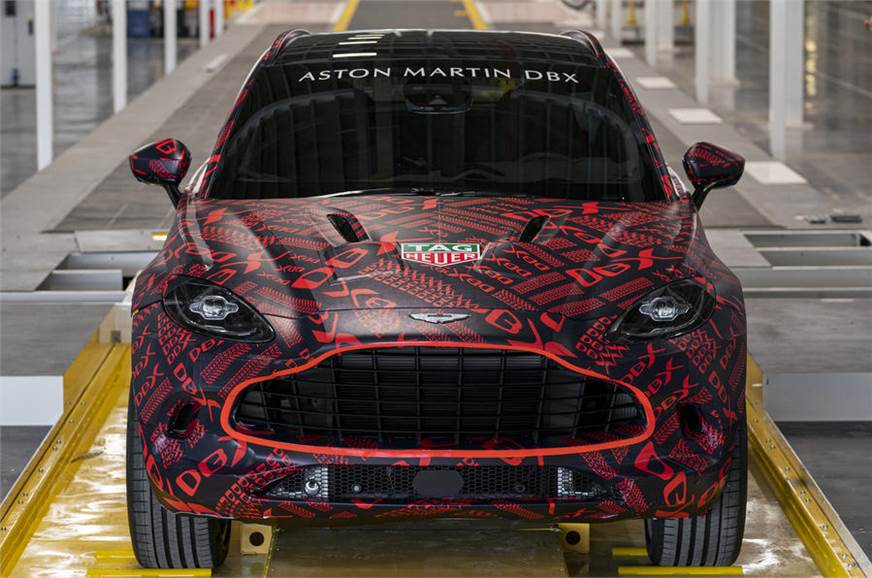Aston Martin previously
released new images and a video of the DBX undergoing extreme weather testing
in Sweden at Pirelli's Flurheden proving ground, as part of the two brands'
ongoing partnership. Speaking about that
test, Aston Martin chief engineer Matt Becker said: "Testing these
prototypes in cold conditions helps us assess the car’s early dynamics and,
crucially, ensure confidence-inspiring sure-footedness on low-grip surfaces. "This
car propels Aston Martin into a new segment and our engineering team is
enjoying the challenges of developing a quality luxury SUV experience through
this robust testing schedule. Progress is on track and I am confident that we
will deliver over and above what our customers would expect from an Aston
Martin SUV."

The DBX is built on an
Aston Martin architecture that will be closely related to that set to underpin
the Lagonda sedan and SUV, which are also in the pipeline. The new Lagondas
will be built alongside the DBX, starting from 2021. However, whereas the
Lagonda models will be electrically driven, the DBX will start life with petrol
power before getting Mercedes-sourced hybrid technology in the next decade. It
will get the AMG-sourced, 4.0-litre V8 and Aston’s own 5.2-litre V12 as core
engine options, with Mercedes also donating the car’s electrical architecture.
The DBX is one of the
most important models in Aston Martin’s history and the next phase of the
company’s turnaround plan under boss Andy Palmer. While every Aston produced
under Palmer as part of his ‘Second Century’ plan has been a replacement for an
existing model (DB11, Vantage and DBS Superleggera), the DBX breaks new ground
by having no direct predecessor. The plan sees seven models being launched over
seven years at the rate of one per year, where each will be on sale for a
seven-year model cycle with various derivatives and special-edition versions
launched within that.







